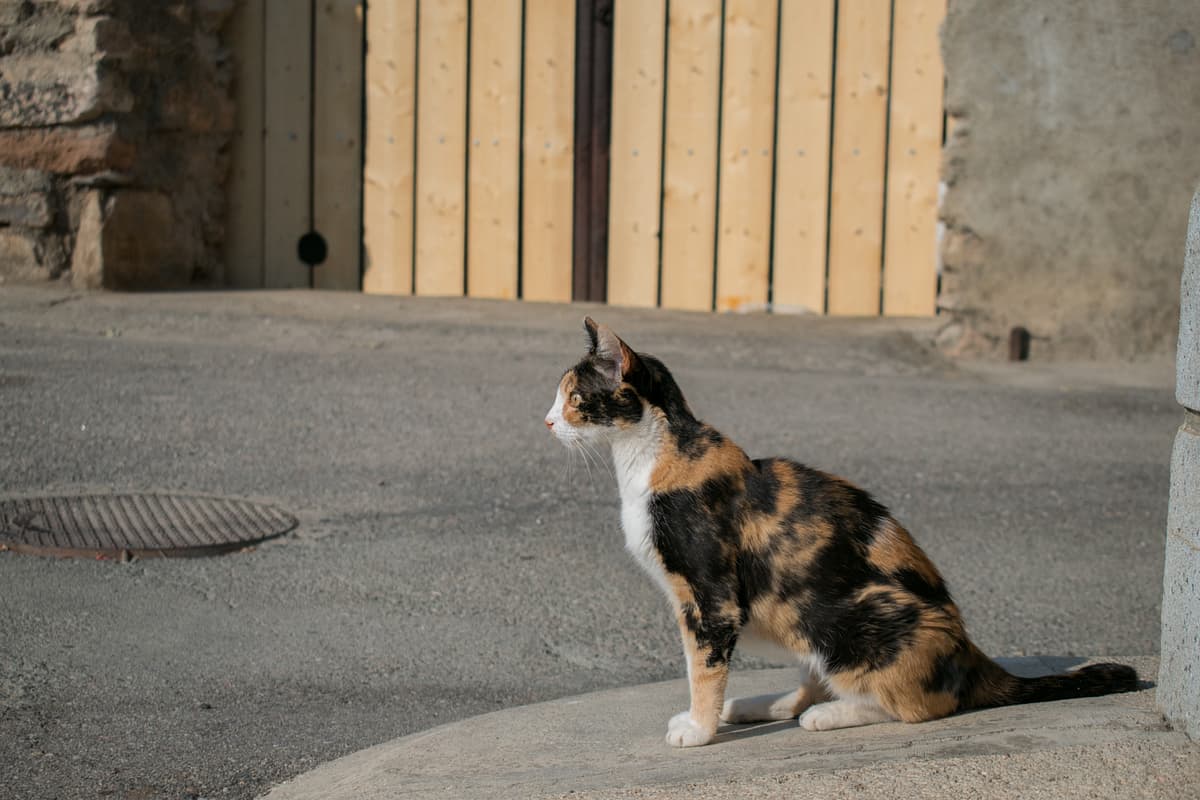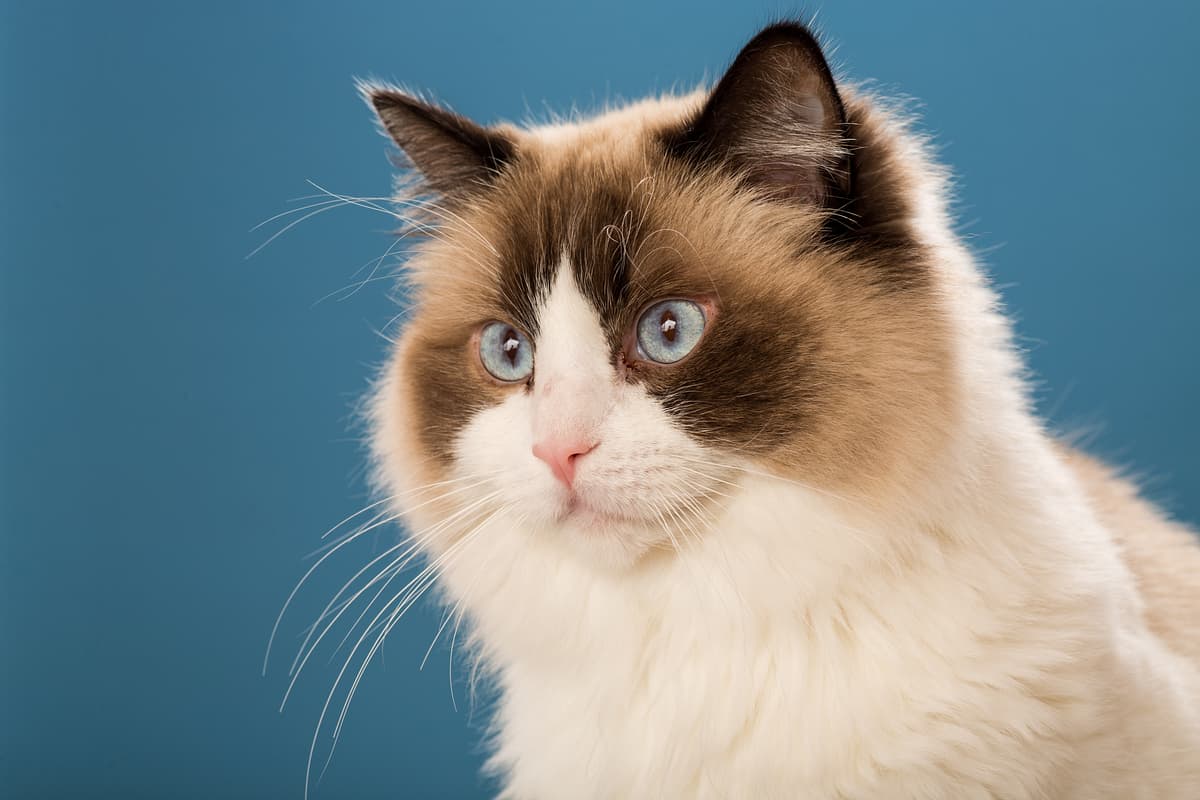Calico vs Ragdoll
Discover the differences between Calico and Ragdoll to make the best choice for your situation.
Try different breeds

Calico
Adored for their striking tri-color coats and playful, affectionate personalities, Calicos make lively companions. These charming cats bring warmth and color to any home.

Ragdoll
Gentle, affectionate, and known for their striking blue eyes, Ragdolls thrive as loving companions. Their relaxed nature makes them perfect for families and those seeking a calm feline friend.
Quick comparison
Medium
3.5–5.5 kg
Shorthaired, soft
12–16 years
3–5 kg
Moderately active
Large
6–9 kg
Longhaired, silky
12–16 years
4–6 kg
Low activity needs
Personality & behavior
Compare the personality traits and behavioral characteristics of both breeds.
Calico
Usually affectionate with familiar people and pets
Learns routines and household patterns fairly well
Moderate activity, enjoys play in short bursts
Likes interactive games and chasing toys often
Adjusts reasonably to new settings or changes
Ragdoll
Affectionate and gentle with people and children
Learns routines and simple tricks quickly
Prefers lounging over frequent active play
Enjoys interactive toys in short sessions
Adjusts well to new environments and changes
Care needs
Exercise, grooming, and daily care requirements
Calico
Obesity, dental disease
Ragdoll
Hypertrophic cardiomyopathy, bladder stones
Suitability
How well each breed fits different living situations and families
Calico
Good option
Calicos are generally adaptable but may need patient socialization for new owners.
Very suitable
Most calicos are content in smaller spaces with proper enrichment and toys.
Moderately suitable
Calicos can match active households but may prefer calm spaces to retreat.
Cautiously recommended
Calicos can be tolerant if socialized early, but some dislike rough handling.
Mixed results
Some calicos are territorial and may need slow introductions to other pets.
Not ideal
Calicos enjoy companionship and may show stress if left alone for long periods.
Ragdoll
Highly suitable
Gentle temperament and easygoing nature make Ragdolls easy for beginners to manage
Perfect fit
Ragdolls adapt well to smaller spaces and are generally quiet and calm indoors
Not ideal
They are not especially energetic and may not match fast-paced or highly active lifestyles
Great choice
Their tolerant and patient nature makes them safe companions for families with young children
Very friendly
Ragdolls are sociable and typically get along well with other pets in the household
Prone to anxiety
They dislike being left alone for long periods and may develop stress or behavioral issues
Breed strengths
What each breed excels at and their best qualities
Calico
- Distinctive and attractive multicolored coat
- Typically affectionate with known family members
- Often playful and interactive with toys
- Generally low grooming needs due to short coat
- Adaptable to indoor living environments
Ragdoll
- Gentle and calm temperament
- Tolerant of handling and children
- Typically gets along with other pets
- Low tendency for aggression or scratching
- Affectionate and enjoys human company
Challenges & considerations
Potential challenges and considerations for each breed
Calico
- Temperament can be unpredictable or moody
- May show territorial behavior with other pets
- Can be prone to selective eating habits
- Some individuals may resist frequent handling
- Rare males often have health complications
Ragdoll
- Prone to certain genetic heart conditions
- Requires regular grooming for long coat
- May develop obesity without exercise
- Slow to mature, both physically and emotionally
- Not suited for unsupervised outdoor life
Ready to choose your perfect breed?
Learn more about each breed or compare other breeds to find the perfect match for your lifestyle.
Discover more helpful tools
Make use of our other free tools to get the most out of your pet experience
